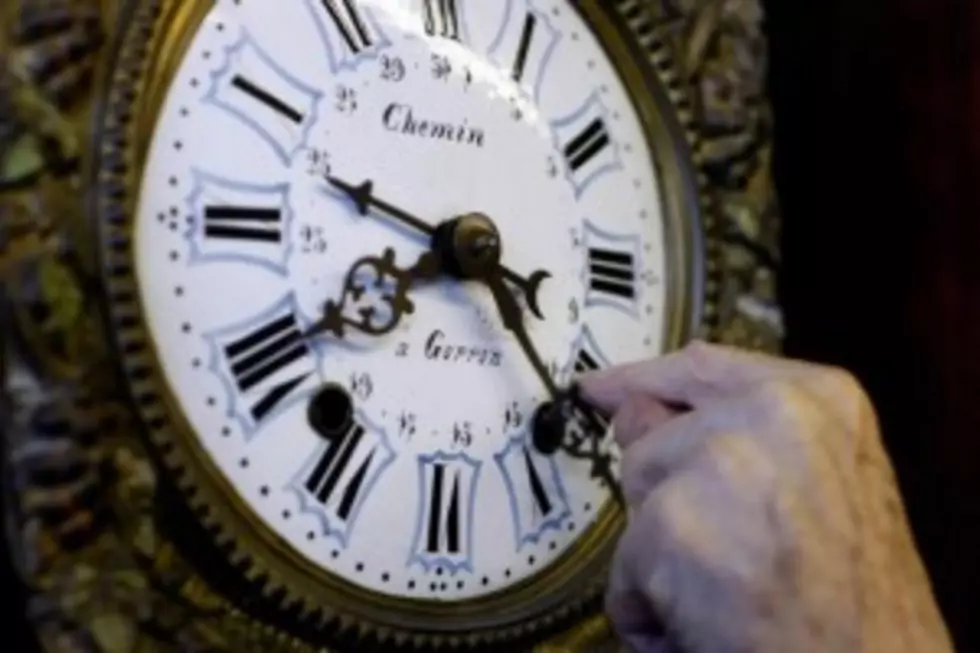
A Little More Spring! A Little Less Sleep!
Its time to "change" the clocks again. Daylight Savings Time Begins tonight, no wait or is it tomorrow at 2 am. I know it gets confusing. The official day is Sunday, March 11 at 2 am but unless you're a "purist" you don't have to stay up until 2 to do it. Just set your clock one hour ahead before bed time and wake up one hour less refreshed. I guess losing an hour's rest is the price we must pay for an hour of extended daylight.
Time will fall back to standard time again on Sunday, November 4, 2012, when daylight saving time ends.
The federal government doesn't require U.S. states or territories to observe daylight saving time, which is why residents of Arizona, Hawaii, Puerto Rico, the Virgin Islands, American Samoa, Guam, and the Northern Marianas Islands won't need to change their clocks this weekend.
According to National Geographic, Ben Franklin was the first person to suggest the concept of daylight savings.
While serving as U.S. ambassador to France in Paris, Franklin wrote of being awakened at 6 a.m. and realizing, to his surprise, that the sun would rise far earlier than he usually did. Imagine the resources that might be saved if he and others awoke before noon and burned less midnight oil, Franklin wrote to a newspaper.
Franklin believed it would be helpful to make better use of daylight but he didn't really know how to implement it.
It wasn't until World War I that daylight savings were realized on a grand scale. Germany was the first state to adopt the time changes, to reduce the need for artificial lighting and save coal for the war effort.
In the U.S. a federal law standardized the yearly start and end of daylight saving time in 1918—for the states that chose to observe it.
During World War II the U.S. made daylight saving time mandatory for the whole country, as a way to save wartime resources. Between February 9, 1942, and September 30, 1945, the government took it a step further. During this period daylight saving time was observed year-round, essentially making it the new standard time, if only for a few years.
Since the end of World War II, though, daylight saving time has always been optional for U.S. states. But its beginning and end have shifted and occasionally disappeared.
During the 1973-74 Arab oil embargo, the U.S. once again extended daylight saving time through the winter, resulting in a one percent decrease in the country's electrical load, according to federal studies.
Thirty years later the Energy Policy Act of 2005 was enacted, mandating a controversial monthlong extension of daylight saving time, starting in 2007.
So there you have it, spring forward tonight and spring will be here one hour earlier. Just kidding. Go to bed one hour earlier and you won't lose an hour's sleep. Huh, I'm still so confused.
More From The New 96.1 WTSS

![Why We Have Daylight Savings Time Explained [VIDEO]](http://townsquare.media/site/16/files/2013/03/Clock-2-oclock-morguefile-Cohdra.jpg?w=980&q=75)







